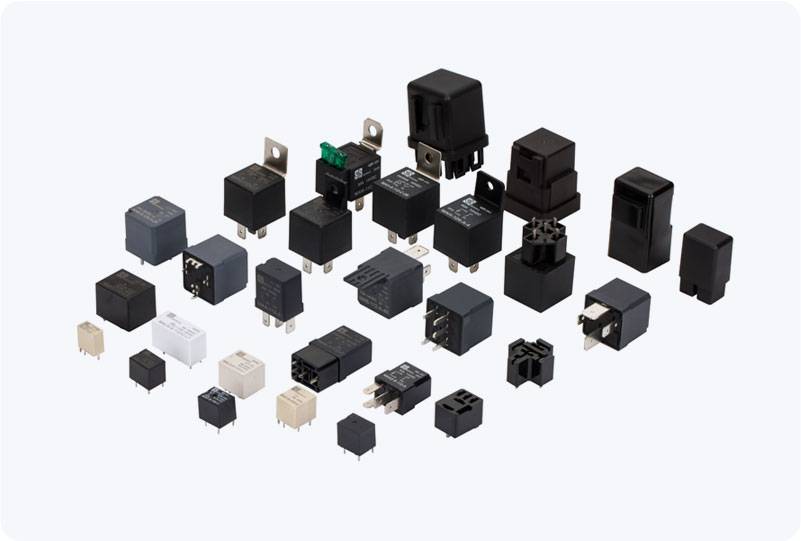understanding the high voltage dc main relay: functions, applications, and importance
Release time:2025-11-15 02:24:42
High Voltage DC Main Relays (HVDCR) are essential components in electrical and electronic systems that handle high-voltage direct current (DC). These relays play a critical role in protecting circuits, controlling power flow, and ensuring the overall safety of electrical systems. This article explores the significance, applications, and design considerations of High Voltage DC Main Relays, shedding light on their importance in modern technological environments.

What is a High Voltage DC Main Relay?
A High Voltage DC Main Relay is an electromechanical or solid-state device designed to switch high-voltage DC circuits. It is primarily used to control the flow of electricity in systems that operate under high DC voltage, such as electric vehicles (EVs), renewable energy systems (like solar power), and industrial power management applications. The relay can open or close the circuit to allow or block the flow of electricity, depending on the operational needs.
Key Functions of High Voltage DC Main Relays
Switching Power Circuits: One of the primary functions of a High Voltage DC Main Relay is to switch power circuits in high-voltage systems. In a typical setup, it connects or disconnects the power supply to protect the system or to enable operational changes. This switching function ensures that the power is routed correctly and securely, depending on the status of the system.

